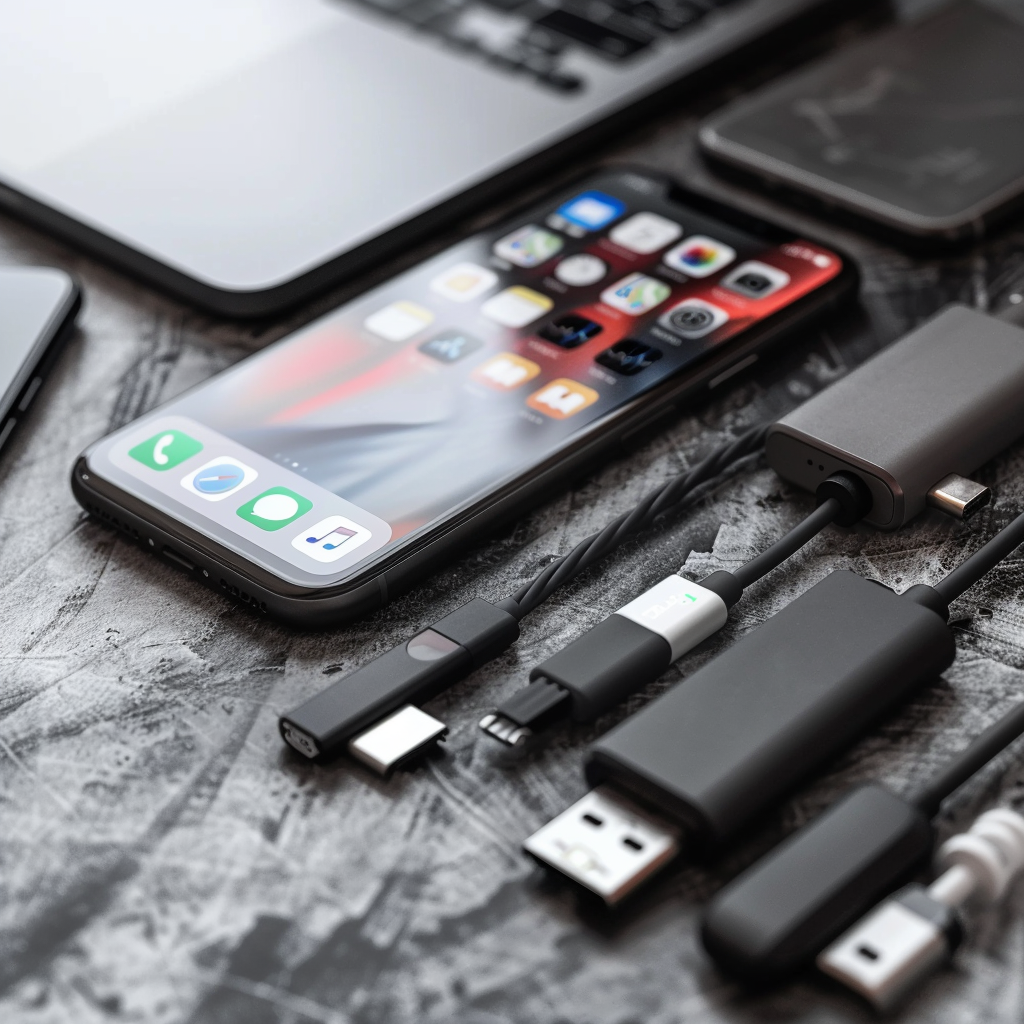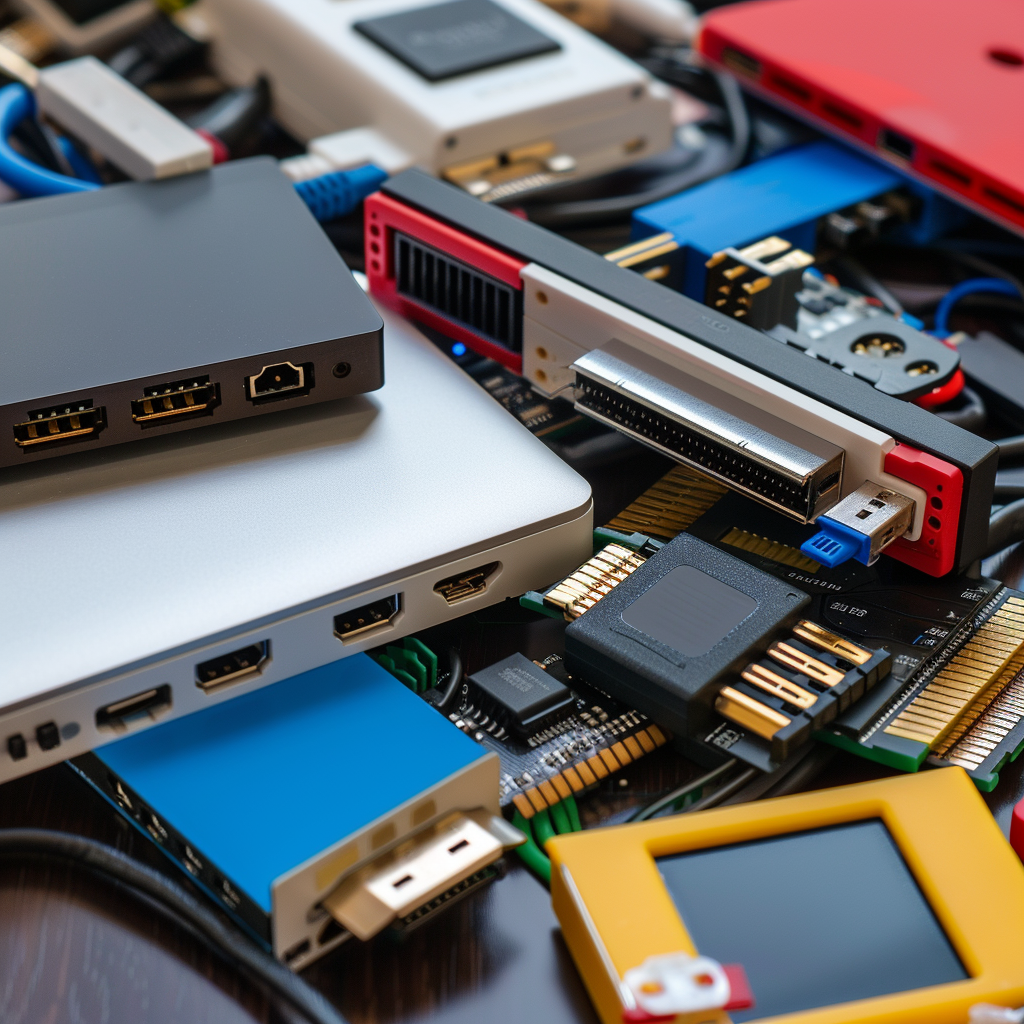Smartphones have become indispensable tools in our daily lives, serving as communication devices, entertainment hubs, and productivity tools. However, to maximize their functionality, various adapters are often necessary. These smartphone adapters bridge the gap between different technologies, allowing you to connect your phone to a wide array of devices and accessories. In this article, we will explore the different types of smartphone adapters available, their uses, and how to select the right one for your needs.
Understanding Smartphone Adapters
What Are Smartphone Adapters?
Smartphone adapters are small devices that facilitate connections between your smartphone and other electronic devices or accessories. They convert signals, adapt connectors, or enhance compatibility between devices, enabling a seamless user experience. Given the rapid evolution of smartphone technology, knowing which adapters to use can enhance your device’s capabilities.
Why Use Smartphone Adapters?
The need for smartphone adapters arises from several factors:
- Connector Standardization: Different devices often use varying connector types. Adapters help bridge these differences, allowing users to connect their smartphones to various peripherals.
- Legacy Device Support: Many older audio and video devices still use traditional connectors, and adapters enable connectivity to these devices.
- Enhanced Functionality: Adapters can provide additional features, such as improved audio quality, data transfer capabilities, and even additional ports for charging or connectivity.
Common Types of Smartphone Adapters
1. Charging Adapters
Charging adapters are essential for connecting your smartphone to a power source. These adapters can come in several forms:
- USB Wall Charger: The most common type, these chargers plug into a wall outlet and provide power to your device via a USB cable.
- Car Charger: Designed for use in vehicles, these adapters allow you to charge your smartphone while on the go.
- Portable Power Banks: These external battery packs can charge your smartphone multiple times, making them ideal for travel or outdoor activities.
2. Audio Adapters
As smartphones have evolved, many have eliminated the traditional headphone jack, necessitating the use of audio adapters:
- 3.5mm to USB-C Adapter: This adapter allows users to connect traditional headphones to devices without a headphone jack, using the USB-C port instead.
- Bluetooth Audio Adapter: For those who prefer wireless audio, Bluetooth adapters enable wired headphones or speakers to connect wirelessly to smartphones.
- Lightning to 3.5mm Adapter: For iPhone users, this adapter converts the Lightning port into a standard headphone jack, allowing for the use of traditional headphones.
3. Video Adapters
Video adapters facilitate the connection of smartphones to external displays, making them ideal for presentations or media consumption:
- HDMI Adapter: These adapters connect smartphones to HDMI-compatible displays, such as TVs or projectors. They allow you to mirror your smartphone screen or stream videos.
- Lightning to HDMI Adapter: Specifically for iPhones and iPads, this adapter lets users connect their device to an HDMI display for high-quality video output.
- USB-C to HDMI Adapter: Similar to the Lightning adapter, this option is designed for Android devices and allows for easy connection to larger screens.
4. Data Transfer Adapters
Data transfer adapters enable the connection of smartphones to other devices for file transfers or peripheral connectivity:
- USB OTG (On-The-Go) Adapter: This adapter allows smartphones to act as a host, enabling the connection of USB devices such as flash drives, keyboards, or mice. This is particularly useful for file transfers and productivity.
- Lightning to USB Camera Adapter: This adapter allows users to connect their camera directly to an iPhone or iPad, facilitating easy photo and video transfers.
5. Network Adapters
For situations where Wi-Fi connectivity is limited or unreliable, network adapters provide alternative options:
- USB Ethernet Adapter: This adapter allows smartphones to connect to wired networks, providing a stable and fast internet connection, especially useful for gaming or streaming.
- Wi-Fi Range Extender Adapter: These devices enhance Wi-Fi signals, ensuring better connectivity in areas with weak signals.
6. Multi-Port Adapters
Multi-port adapters are versatile devices that combine several functionalities into one unit:
- USB-C Hub: This adapter often includes multiple ports, such as HDMI, USB-A, USB-C, and Ethernet, allowing users to connect various devices simultaneously.
- Portable Docking Station: These devices are especially useful for professionals who want to connect their smartphone to multiple peripherals, such as monitors, keyboards, and mice, while using the phone for productivity tasks.
Selecting the Right Smartphone Adapter
Choosing the right smartphone adapter depends on several factors:
1. Compatibility
Before purchasing an adapter, ensure it is compatible with your smartphone model. Check connector types (e.g., USB-C, Lightning) and supported features to ensure a seamless connection.
2. Quality and Durability
Invest in high-quality adapters from reputable brands to ensure reliability and longevity. Look for products with good user reviews, as this often indicates better performance and durability.
3. Functionality
Consider your specific needs when selecting an adapter:
- If you frequently listen to music with wired headphones, a 3.5mm to USB-C adapter is essential.
- For those who often give presentations, an HDMI adapter would be a valuable tool.
- If you regularly transfer files from USB drives, an OTG adapter will be beneficial.
4. Ease of Use
Look for adapters that are easy to set up and use. Plug-and-play options are preferable, especially for users who may not be tech-savvy.
5. Portability
If you’re always on the move, consider the size and weight of the adapter. Compact and lightweight options are ideal for travel.
Troubleshooting Common Adapter Issues
Even with the right adapter, users may encounter issues. Here are some common problems and solutions:
1. No Connection Detected
If your device isn’t recognizing the adapter:
- Check Compatibility: Ensure that the adapter is compatible with your smartphone model and operating system.
- Inspect Connections: Verify that all connections are secure and correctly plugged in.
2. Poor Sound or Video Quality
If you experience poor audio or video quality:
- Inspect Cables and Adapters: Ensure that cables and adapters are in good condition, with no visible damage.
- Adjust Settings: Check your device’s audio and display settings to ensure they are configured correctly.
3. Charging Issues
If your charging adapter isn’t working:
- Try a Different Outlet: Test the adapter in different power outlets to rule out outlet issues.
- Inspect the Cable: Look for signs of wear or damage to the charging cable, as this can affect functionality.
4. Incompatibility Messages
If your device shows an error message about incompatibility:
- Update Software: Ensure that your smartphone’s software is up to date, as software updates can improve compatibility with accessories.
- Try a Different Adapter: If possible, test the adapter with another device to determine if the issue lies with the adapter itself.
Conclusion
Smartphone adapters are essential accessories that enhance the functionality of your device, allowing you to connect to various peripherals and enjoy an improved audio-visual experience. By understanding the different types of adapters available and selecting the right one for your needs, you can maximize your smartphone’s potential. Whether you’re looking to connect to a bigger screen, use wired headphones, or transfer files easily, there’s an adapter that can meet your requirements. If you have any experiences or tips related to smartphone adapters, feel free to share in the comments below!
Resources for Further Learning
- YouTube Tutorials: Search for video guides on specific types of smartphone adapters and their uses.
- Tech Forums: Join online communities to discuss and share insights on smartphone accessories and connectivity solutions.
- Books on Mobile Technology: Consider reading literature that delves deeper into mobile technology for a more comprehensive understanding.
FAQs About Smartphone Adapters
- Can I use a USB-C adapter with an Android smartphone?
- Yes, as long as the adapter is compatible with the USB-C standard, it should work with any Android smartphone that has a USB-C port.
- What is the difference between active and passive adapters?
- Active adapters convert the signal from one format to another and are necessary for certain resolutions and configurations, while passive adapters simply change the connector type without converting the signal.
- Are there any limitations to using Bluetooth audio adapters?
- While Bluetooth audio adapters provide convenience, they can introduce latency, which may be a concern for gaming or watching videos. Additionally, the audio quality may not match that of wired connections.
Related Articles:



